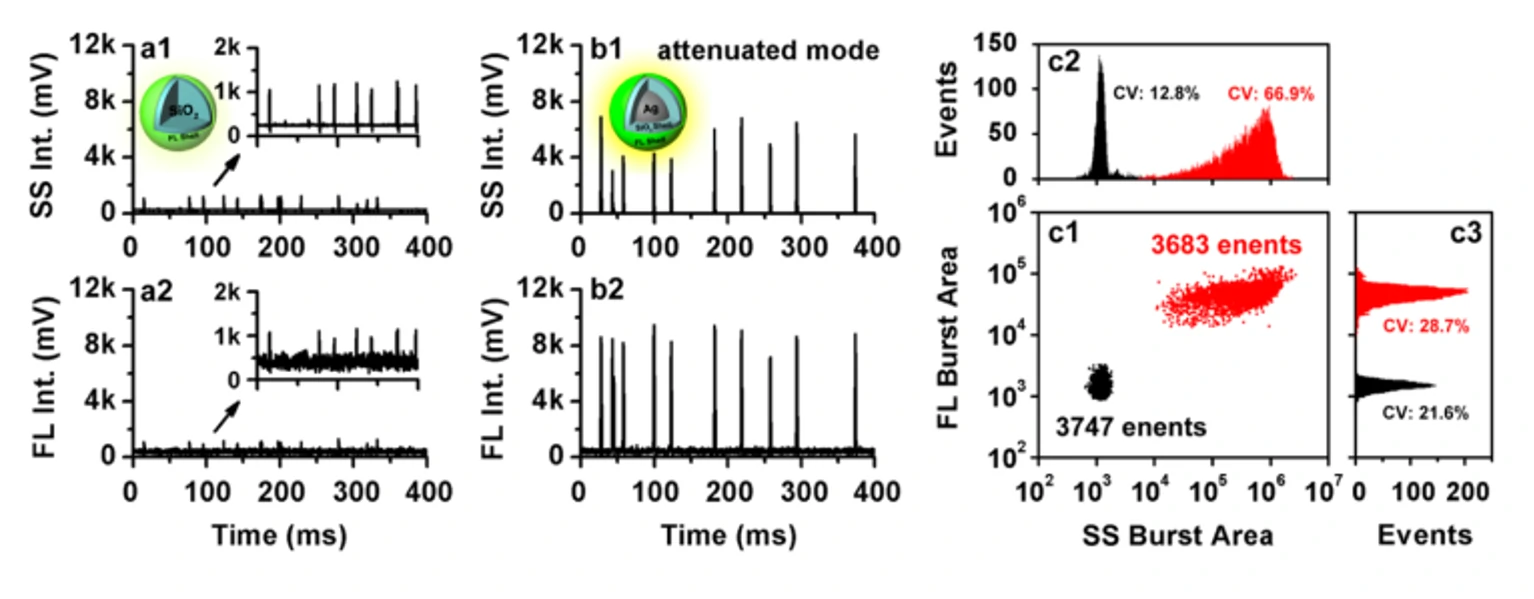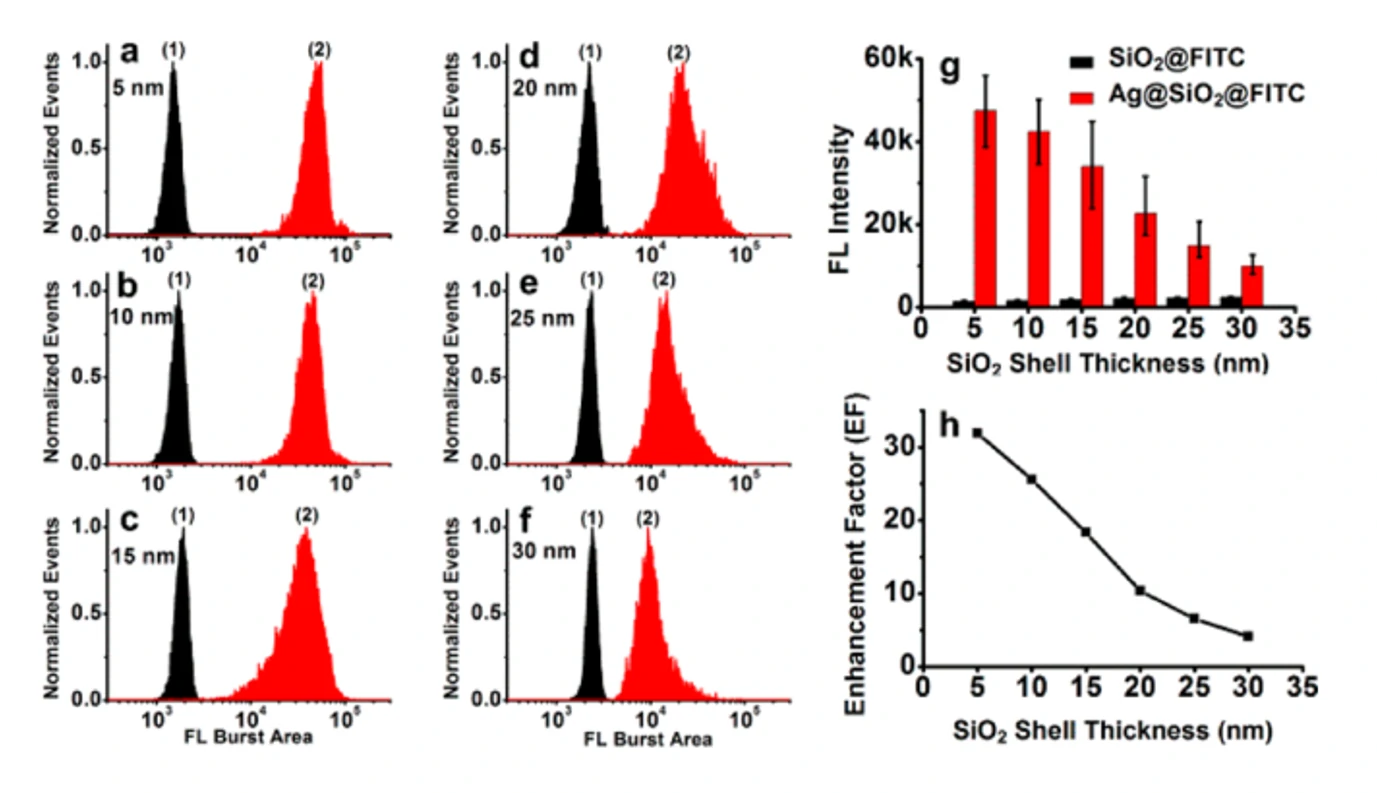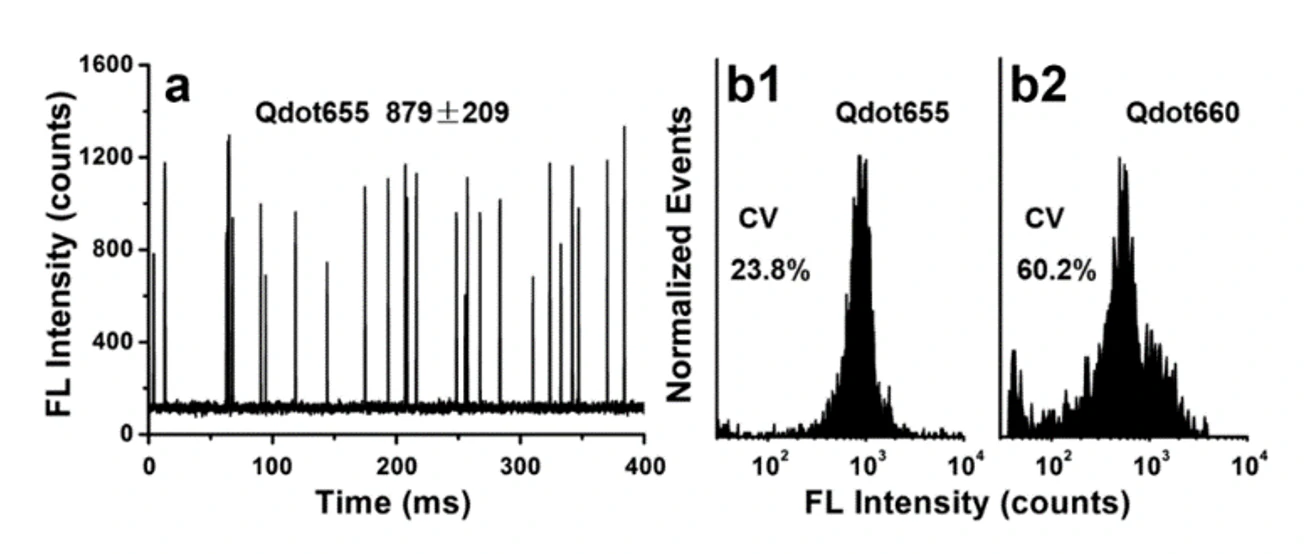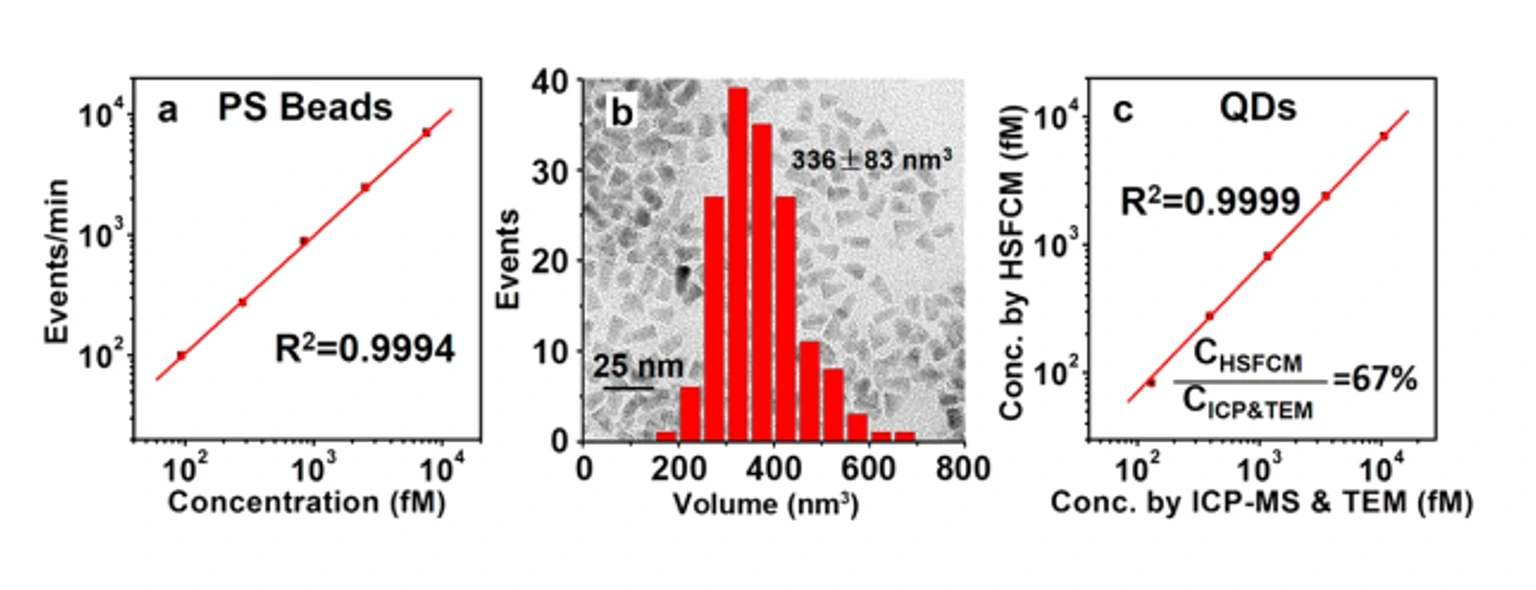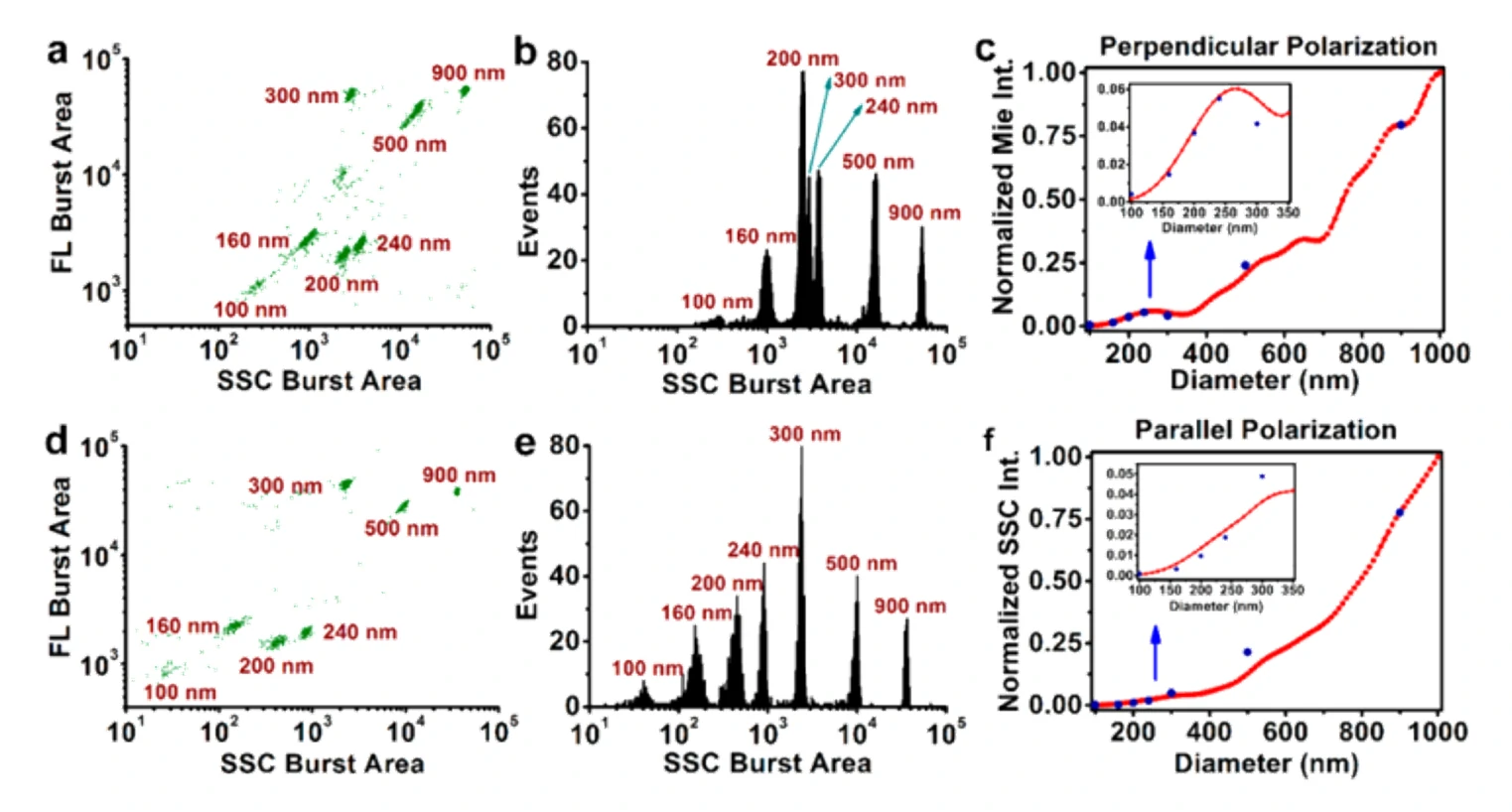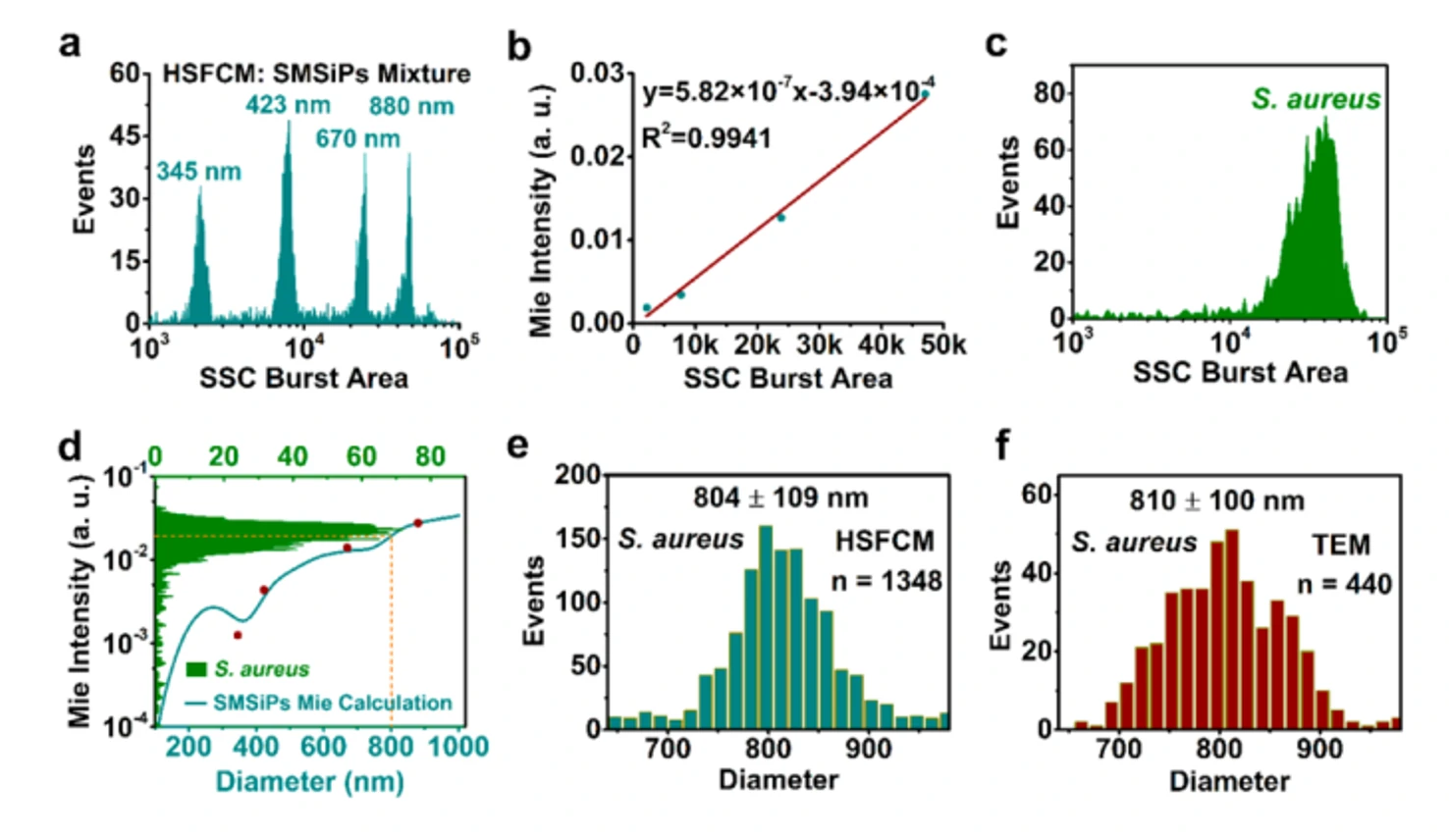Gold Nanoparticles
Gold nanoparticles (AuNPs) have been a key focus in medical, bioanalytical, and catalytic applications due to their unique photo-thermal properties. Accurate particle size and concentration analysis are critical for quality control during AuNP synthesis, surface functionalization modification, and development analysis. Transmission electron microscopy (TEM) is the most commonly used method for morphological characterization of AuNPs particles. Dynamic light scattering (DLS) can quickly measure the particle size of AuNPs but can only measure uniform samples. However, compared with many methods, accurate and effective measurement of concentration is lacking. The concentration of AuNPs particles is typically analyzed by combining TEM and inductively coupled plasma mass spectrometry or spectroscopy (ICP-MS or ICP-AES). This method is not only time-consuming, and labor-intensive, but also leads to the deviation of the volume calculation due to the irregular shape and uneven particle size of the AuNPs, resulting in significant differences between the experimental and actual results. By means of single-particle counting and sample volume flow per unit time measurement, the absolute quantitative analysis method of particle concentration without standards was developed on the Flow NanoAnalyzer. In addition, via the multi-parameter detection performance of the instrument, a simple fluorescence internal standard quantitative method was developed.
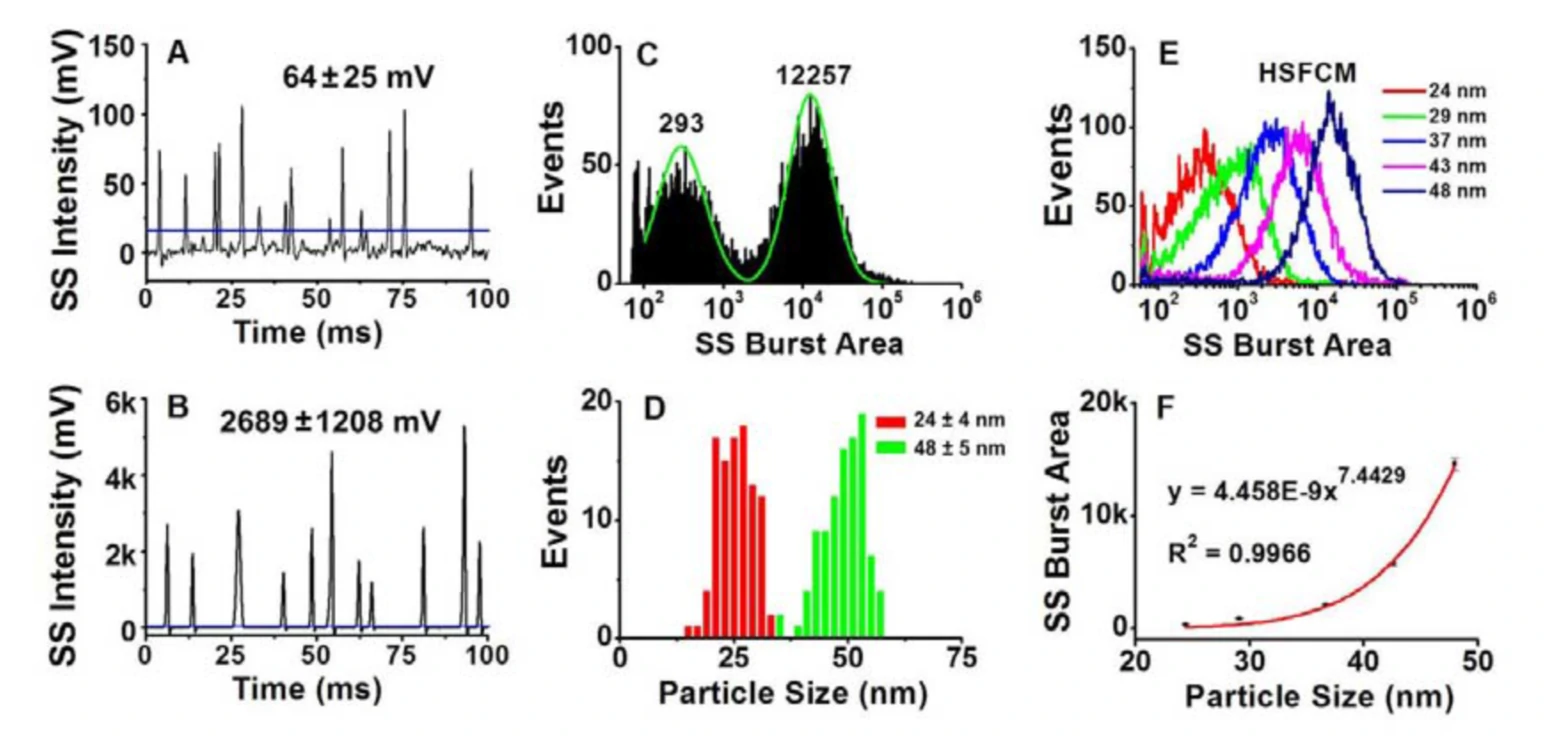
Figure 1. Analysis of a single gold nanoparticle by the Flow NanoAnalyzer
The method for determining the concentration of AuNPs based on single particle counting is suitable for the detection of nanoparticles of various single or mixed materials. It solves problems related to the accurate concentration measurement of irregularly shaped, composite and hybrid nanoparticles.
J. Am. Chem. Soc., 2010, 132(35), 12176-12178.




